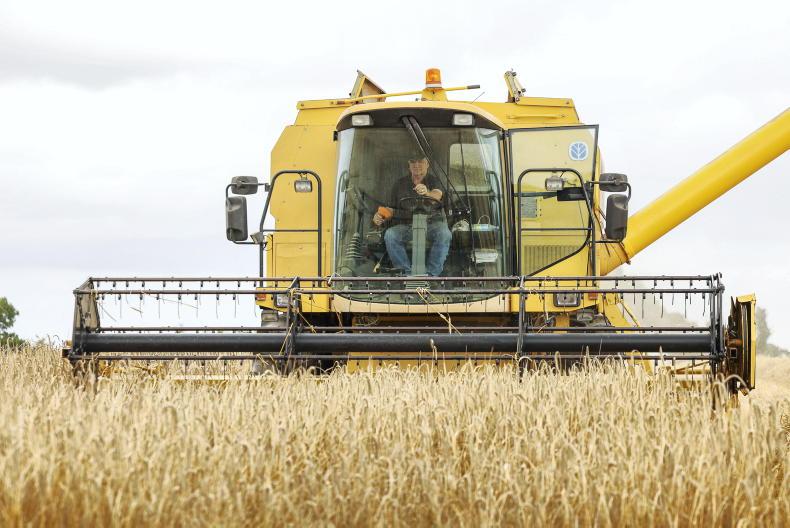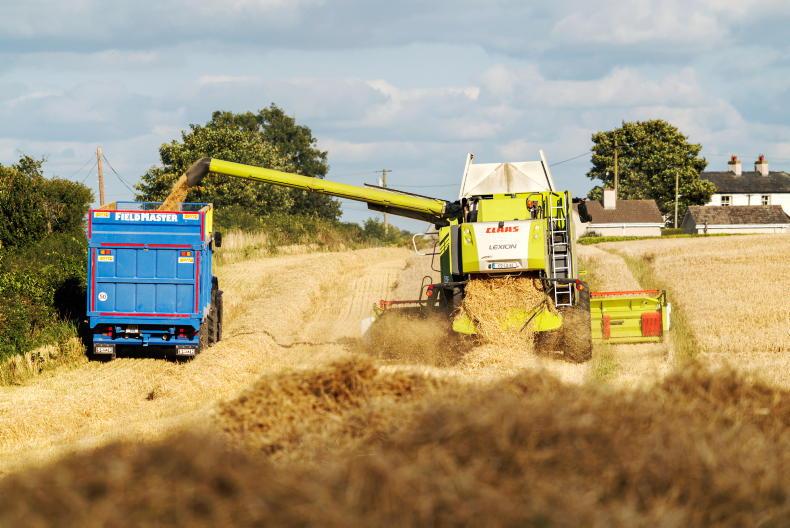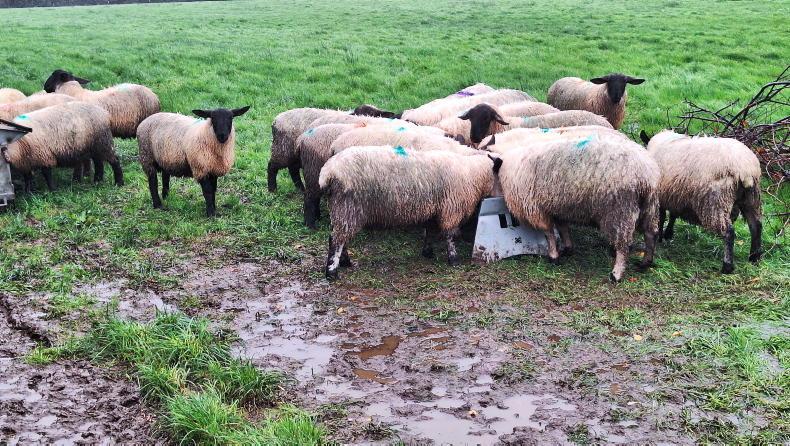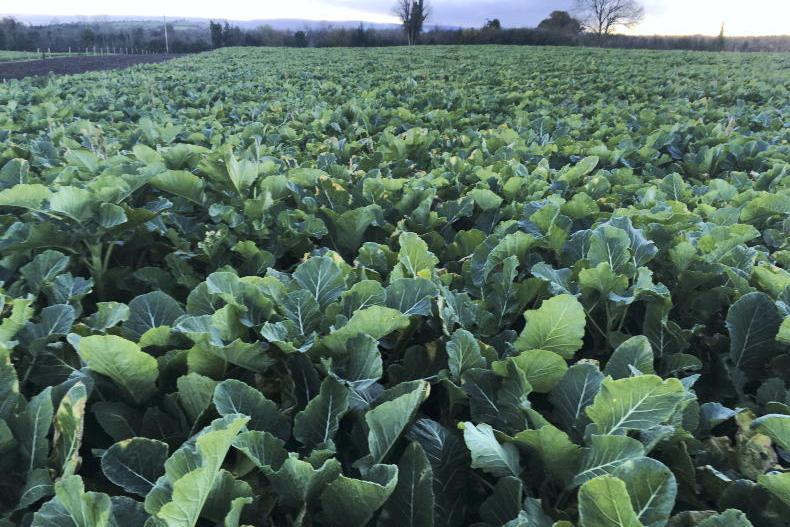Each year, Teagasc publishes crop costs and returns figures. Table 1 shows the costs of growing fodder beet, wholecrop winter wheat, kale, rape, stubble turnips and maize.
The highest variable costs are for a crop of fodder beet at €2,334/ha (€945/ac).
Wheat was next up in expense at €1,762/ha (€713/ac), followed by maize at €1,700/ha (€688/ac). These are some of the pricier investments when planting, but that of course is not the only consideration.
It should be noted the figures do not include a transport cost, so this needs to be added in by the farmer where necessary.
Farmers will of course have different costs to those specified. For example, the machinery rates are based on contractor charges so some farmers will be able to do this work cheaper themselves.
Utilised dry matter
Farmers need to know how much the crop costs to grow for the amount of utilised dry matter (DM) produced.
Stubble turnips works out best here at a cost of €129/t utilised DM. Wholecrop winter wheat costs €141/t of utilised DM. Forage maize, grown in the open, costs €142/t of utilised DM. This is at a fresh yield of 40t/ha (12t DM/ha).
Kale is placed at €148/t utilised DM, beet €180/t utilised DM and forage rape at €193/t utilised DM.
The amount of dry matter utilised will, of course, vary with weather at grazing and the fencing infrastructure set up for grazing the crops.
It should be noted these figures do not account for energy, so figures per unit of energy will differ. Similarly, protein content will vary between crops.
Teagasc states that one UFL is equal to the energy content contained in 1kg of dried barely.
So 1kg of beet dry matter is the same as 1.12kg of dried barley. Dried barley is currently at around €200/t and at total variable costs of €2,334/ha and a dry matter yield of 13t/ha that places beet at a price of €180/t.
Sowing date
Sowing date is a major factor for all crops, but especially for fast-growing crops like forage rape, kale and stubble turnips, which are planted after winter crops.
Planting a crop early is more likely to give you a higher yield.
The old saying a day in July is the same as a week in August and a month in September is one to keep in mind when planting.
What to grow or to grow at all?
Farmers should decide what crops best suit their farming system, their land and the animals’ diets and examine the distance land is away from the farm and the infrastructure available to graze.
Maybe there are some crops which a neighbouring tillage farmer could grow on their farm with their equipment. This could be beet or maize or a fast-growing forage crop to graze.
This may also lower the pressure on stocking rates on farms or take pressure off fodder supplies.
Agreements and some payments should be made before planting to ensure all parties are happy and to give some security on both sides.
Each year, Teagasc publishes crop costs and returns figures. Table 1 shows the costs of growing fodder beet, wholecrop winter wheat, kale, rape, stubble turnips and maize.
The highest variable costs are for a crop of fodder beet at €2,334/ha (€945/ac).
Wheat was next up in expense at €1,762/ha (€713/ac), followed by maize at €1,700/ha (€688/ac). These are some of the pricier investments when planting, but that of course is not the only consideration.
It should be noted the figures do not include a transport cost, so this needs to be added in by the farmer where necessary.
Farmers will of course have different costs to those specified. For example, the machinery rates are based on contractor charges so some farmers will be able to do this work cheaper themselves.
Utilised dry matter
Farmers need to know how much the crop costs to grow for the amount of utilised dry matter (DM) produced.
Stubble turnips works out best here at a cost of €129/t utilised DM. Wholecrop winter wheat costs €141/t of utilised DM. Forage maize, grown in the open, costs €142/t of utilised DM. This is at a fresh yield of 40t/ha (12t DM/ha).
Kale is placed at €148/t utilised DM, beet €180/t utilised DM and forage rape at €193/t utilised DM.
The amount of dry matter utilised will, of course, vary with weather at grazing and the fencing infrastructure set up for grazing the crops.
It should be noted these figures do not account for energy, so figures per unit of energy will differ. Similarly, protein content will vary between crops.
Teagasc states that one UFL is equal to the energy content contained in 1kg of dried barely.
So 1kg of beet dry matter is the same as 1.12kg of dried barley. Dried barley is currently at around €200/t and at total variable costs of €2,334/ha and a dry matter yield of 13t/ha that places beet at a price of €180/t.
Sowing date
Sowing date is a major factor for all crops, but especially for fast-growing crops like forage rape, kale and stubble turnips, which are planted after winter crops.
Planting a crop early is more likely to give you a higher yield.
The old saying a day in July is the same as a week in August and a month in September is one to keep in mind when planting.
What to grow or to grow at all?
Farmers should decide what crops best suit their farming system, their land and the animals’ diets and examine the distance land is away from the farm and the infrastructure available to graze.
Maybe there are some crops which a neighbouring tillage farmer could grow on their farm with their equipment. This could be beet or maize or a fast-growing forage crop to graze.
This may also lower the pressure on stocking rates on farms or take pressure off fodder supplies.
Agreements and some payments should be made before planting to ensure all parties are happy and to give some security on both sides.










SHARING OPTIONS